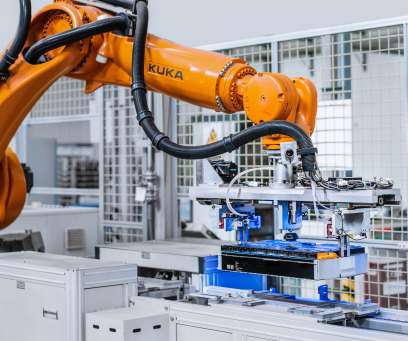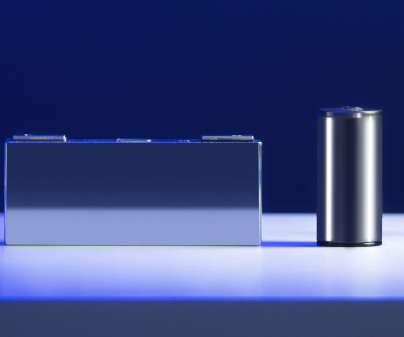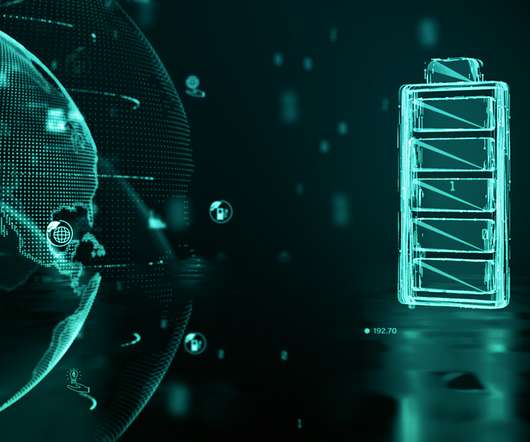BMW Group creates closed recycling loop for high-voltage batteries in China
Green Car Congress
MAY 27, 2022
The BMW Brilliance Automotive joint venture (BBA) has established a closed loop for reuse of the raw materials nickel, lithium and cobalt from high-voltage batteries that are no longer suitable for use in electric vehicles. Already today, the BMW Group uses secondary nickel in the high-voltage batteries of the BMW iX.













Let's personalize your content